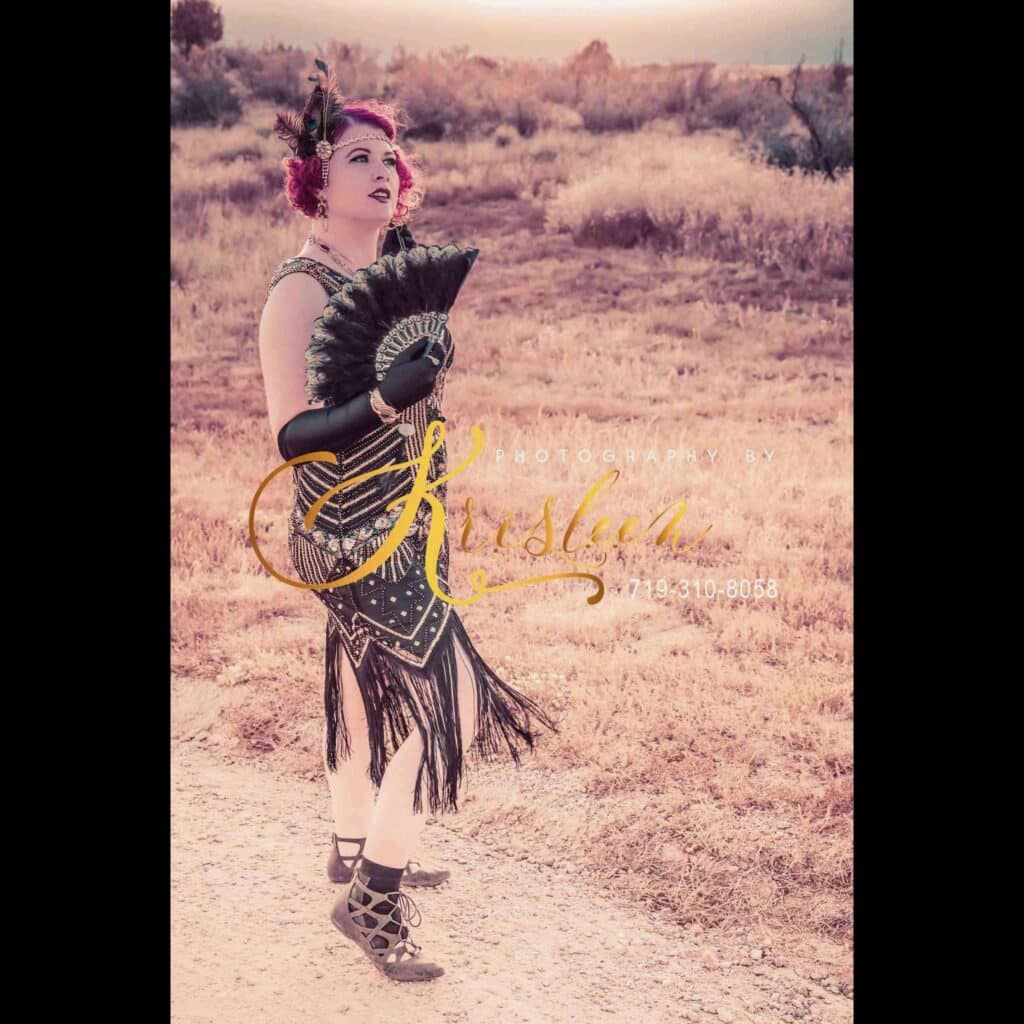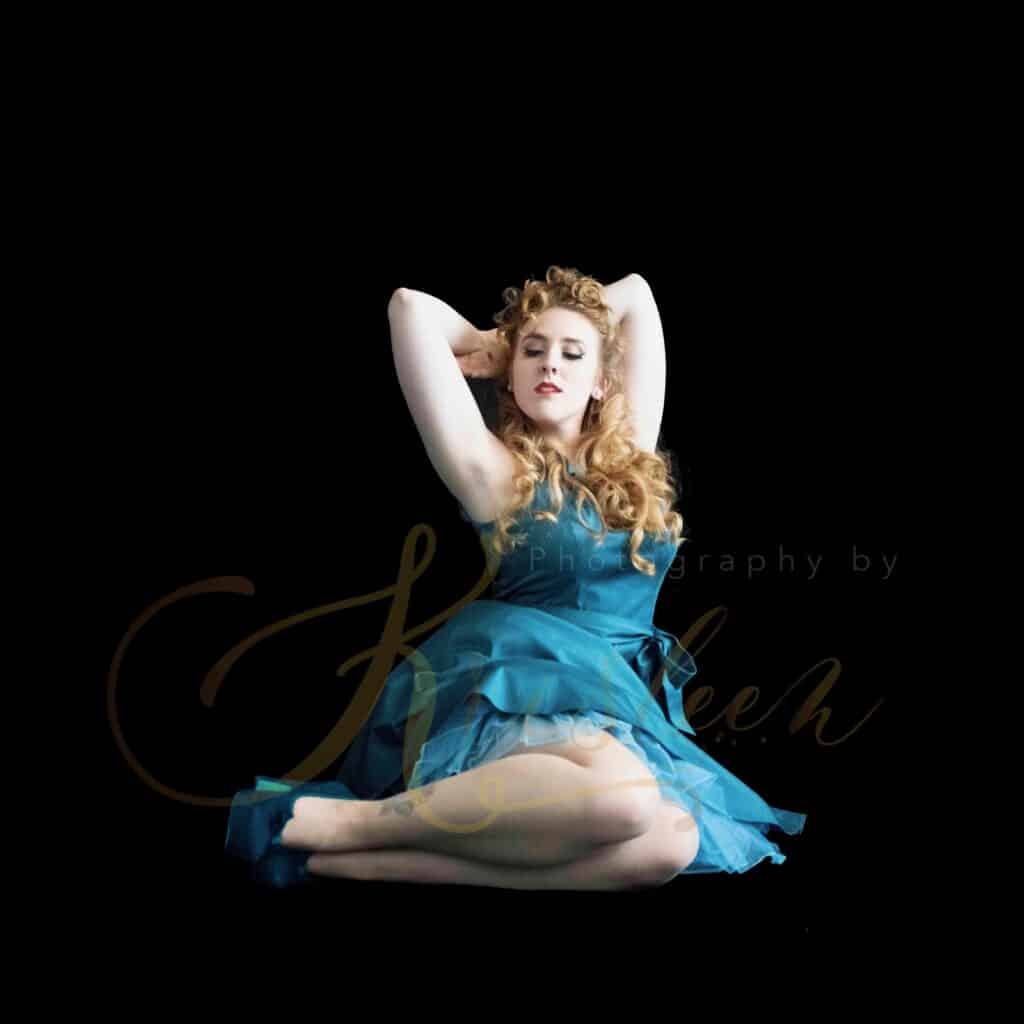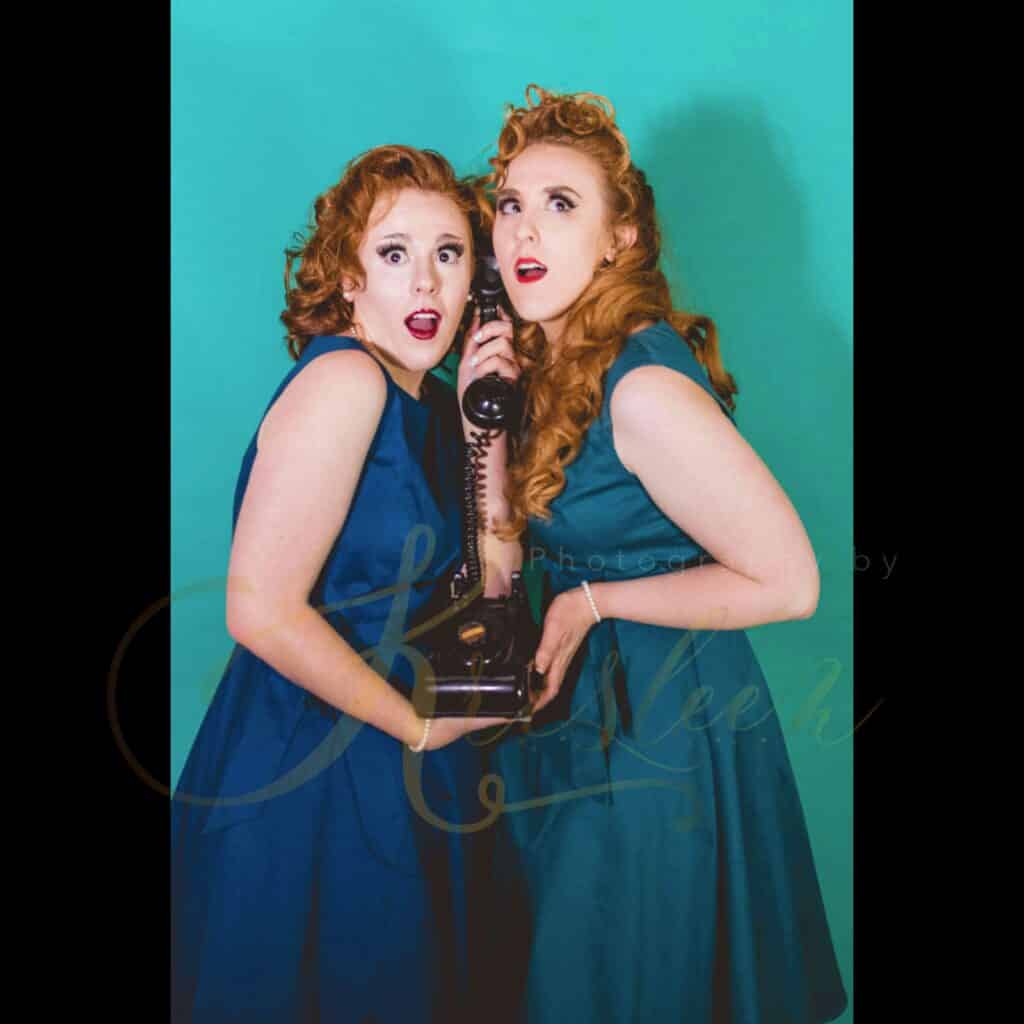Welcome, to a journey through the fascinating history of pin-up art, an art form that has woven itself into the cultural fabric of the 20th century. Picture a time when the world was undergoing radical shifts, leaving its mark on art, fashion, and societal norms.
In the early 20th century, as the world emerged from the Victorian era, a wave of liberation swept across societies. The roaring ’20s witnessed a newfound sense of freedom, and artists began to explore new forms of expression. Among them were Alberto Vargas and George Petty, whose contributions to pin-up art would become iconic.
Alberto Vargas, born in 1896, was a Peruvian artist who moved to the United States in the early 20th century. His distinctive style, characterized by ethereal beauty and meticulous attention to detail, set the standard for pin-up art. His work for Esquire magazine in the 1930s and 1940s established him as one of the foremost pin-up artists of the time.
George Petty, on the other hand, was an American artist known for his playful and flirtatious pin-up illustrations. Born in 1894, Petty gained fame through his work for Esquire and his contributions to the pin-up genre during the 1930s and 1940s. His artistic style often featured charming, mischievous women in glamorous settings, capturing the essence of the golden age of Hollywood.

An artist who cannot go unmentioned is Gil Elvgren, a luminary in the world of pin-up art. Born in 1914, Elvgren’s career took off in the 1940s when he began working for the Brown & Bigelow advertising agency. His pin-up girls, known for their wholesome yet flirtatious appeal, quickly gained popularity. Elvgren’s ability to capture the innocence and allure of his subjects made him a revered figure in the pin-up art world.
As the golden age of Hollywood unfolded, pin-up girls became more than just illustrations on paper. They were an embodiment of glamour, charm, and a cheeky sensuality that captivated audiences. The artistry of Vargas, Petty, and Elvgren played a significant role in shaping the iconic images that adorned calendars, posters, and even warplanes.
The allure of pin-ups during this period was not merely about showcasing beautiful women. It was a celebration of femininity and a departure from the Victorian ideals that had dominated the preceding era. Pin-up girls were unapologetically confident, breaking away from traditional portrayals of women and embracing a more liberated aesthetic.

The Vargas girl, with her ethereal beauty and timeless appeal, became a symbol of sophistication. Elvgren’s pin-ups, often caught in playful and humorous situations, added a touch of everyday charm to the genre. Petty’s flirtatious illustrations, with their bold use of color and dynamic compositions, epitomized the spirit of the era.
In this historical prelude, we’ve scratched the surface of a captivating era where pin-up art emerged as a cultural force. Alberto Vargas, George Petty, and Gil Elvgren, with their unique styles, paved the way for a timeless aesthetic that continues to influence art and fashion today. As we journey through the subsequent newsletters, we’ll explore how the allure of pin-ups expanded beyond aesthetics, becoming symbols of support, empowerment, and societal change.
And as we delve into this world, let’s keep in mind the artists who laid the foundation for the pin-up legacy we cherish today. The charisma of Vargas, the playfulness of Petty, and the wholesome allure of Elvgren – their contributions are woven into the fabric of pin-up history, making them immortal figures in the art world.

In the contemporary realm, the allure of pin-up art continues to thrive, and the legacy of artists like Vargas, Petty, and Elvgren lives on through modern interpretations. Pin-up photography, inspired by the timeless charm of these masters, has found a resurgence in popularity. Talented photographers capture the essence of classic pin-up aesthetics while infusing a modern twist, celebrating diversity and body positivity. The allure lies in the ability to evoke nostalgia for a bygone era while embracing the present with a fresh and inclusive perspective. Today, pin-up photography not only pays homage to the golden age but also empowers individuals, regardless of gender, to embrace their unique beauty with confidence. As we carry on this tradition, it’s a tribute to our mothers and grandmothers who revealed in the pin-up spirit, and it stands as a testament to the enduring, uplifting power of these timeless images.
